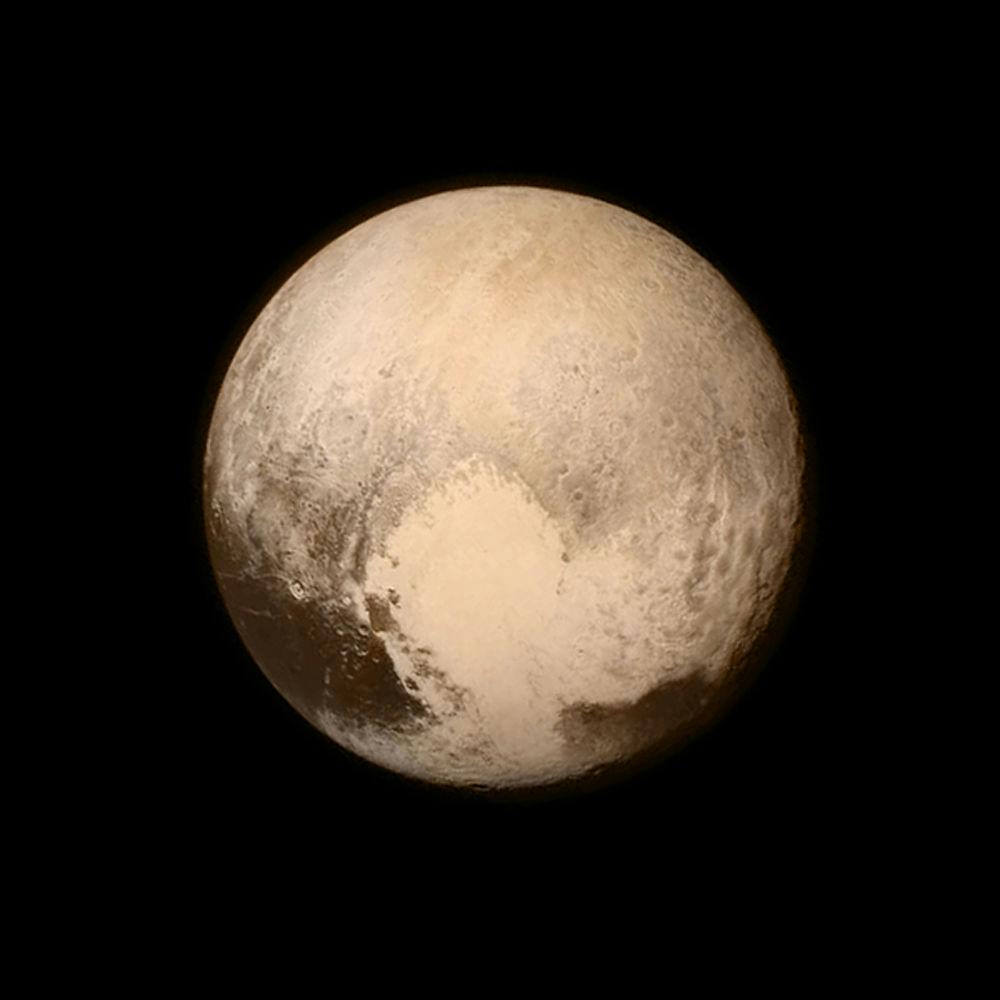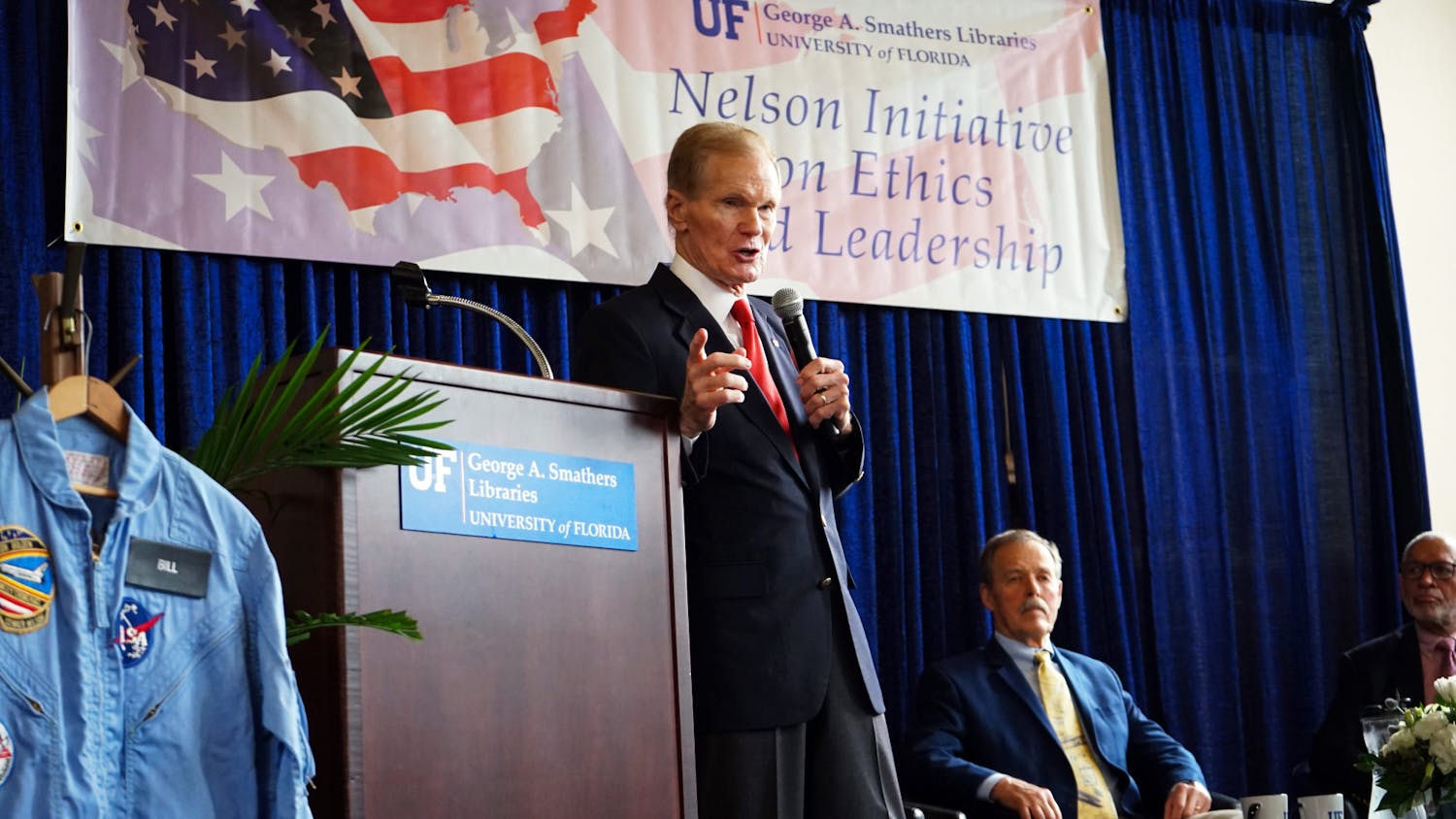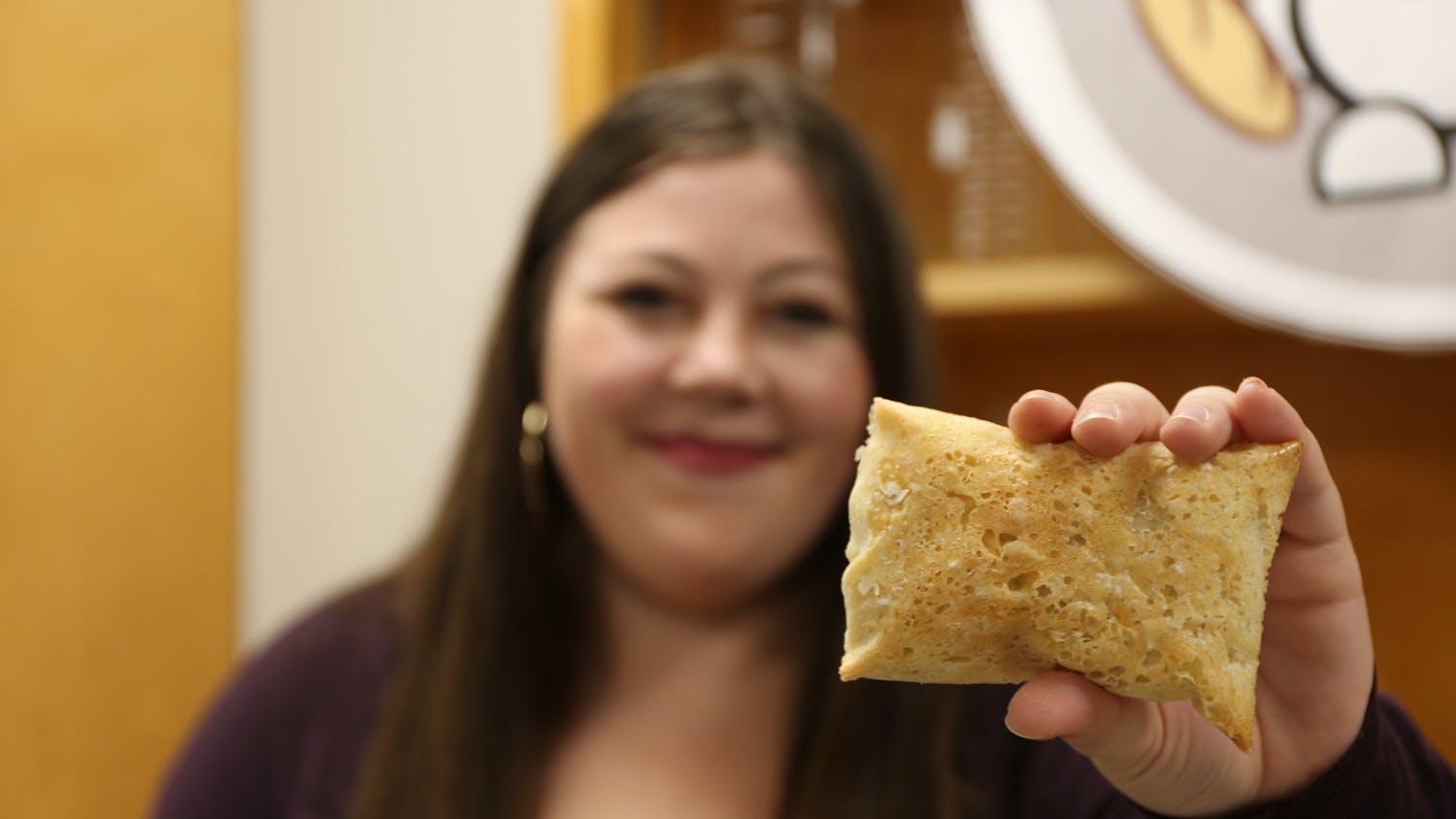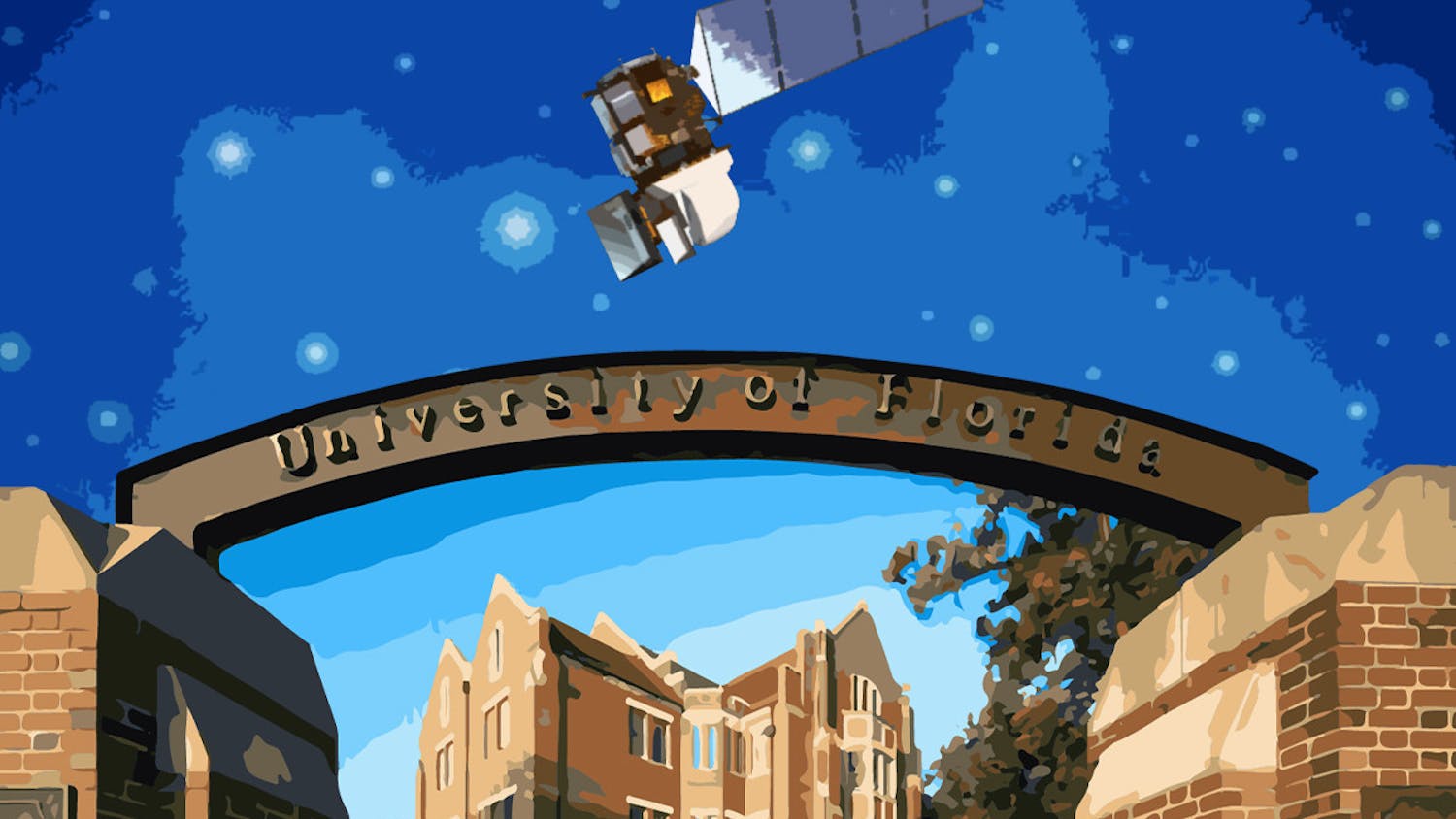A dot 3 billion miles away is starting to become clearer with the first high-resolution images of a has-been planet.
Exploring Pluto has been out of reach. That is, until now.
“All of our lives, Pluto has been a tiny dot, and now it’s a real world we can explore,” said Charles Telesco, the UF Department of Astronomy chair.
Almost a decade ago, NASA sent New Horizons shuttling through space with the ashes of its discoverer, Clyde Tombaugh. The craft’s purpose is to see what Pluto is like by examining its composition, color, temperature, geography and “what kinds of trials and tribulations” it has had to go through, Telesco said.
Examining Pluto and its moons is important because they show us what the solar system was like long ago, he said.
Although studying far-away places like Pluto may seem trivial, Telesco said every piece of research helps solve part of a greater puzzle — how the solar system came to be.
By learning about Pluto and its formation, we are able to learn about our Earth and how our actions affect it. This could include understanding complex systems like global warming, Telesco said.
But New Horizons isn’t just important for its research, said 22-year-old Sarik Jeram. It can inspire young students to study science-related fields.
“It gets the younger generation interested in what we’re doing,” the UF astronomy and physics senior said.
Astronomy junior Michael Heslar said the only reason Pluto doesn’t qualify as a planet anymore is because its orbital path intersects Neptune’s. But it meets the other planet requirements because it still orbits the sun and is spherical.
In the 1990s, Telesco said new objects of Pluto’s size were discovered, and Pluto’s planetary status was questioned. Instead of being the most distant object known in our solar system, it became one of many distant objects.
“The real question became: What are you going to call it?” Telesco said.
The science world settled on “dwarf planet.”
“It’s been awhile since we’ve visited a new world,” said Heslar, who is the secretary of the UF Astronomy and Astrophysics Society.
Heslar, 20, said he became interested in astronomy by watching science TV shows. He saw how Jupiter and Saturn were being explored in the 1970s, and he said today’s research on Pluto mirrors that.
New Horizons illustrates human ingenuity, Jeram said.
He calls the spacecraft’s mission “freaking awesome,” and he said he hopes other people care about the research, which would encourage funding.
As for Pluto’s new portraits, Jeram pointed out the shading of a heart shape toward the bottom of the body.
“We demoted it from being a planet, and it has nothing but love for us,” he said.
[A version of this story ran on page 1 on 7/16/15]
- Jan 19, 2006: New Horizons spacecraft launches from Cape Canaveral, Florida.
- Feb 28, 2007: Spacecraft flies past Jupiter for a gravity assist that cuts flight time by three years. The team conducts significant science in preparation for the Pluto encounter.
- 2007-2014: For most of the eight-year cruise from Jupiter to Pluto, the craft spins slowly in a state of “hibernation,” signaling once a week to assure it’s “sleeping peacefully.” But for about 50 days each year, it is awakened to conduct a set of spacecraft and instrument checks as well as navigation measurements to verify the spacecraft is on course.
- Dec 2014: The spacecraft is awakened from its final planned hibernation. Intensive preparations for the Pluto encounter continue.
- July 14, 2015: New Horizons makes its closest approach to Pluto.
- 2017-2020: With NASA’s approval, New Horizons can explore suitable, recently discovered Kuiper Ball Objects beyond Pluto.
Source: The Johns Hopkins Applied Physics Laboratory
This July 13 image provided by NASA shows Pluto as seen from the New Horizons spacecraft. The United States is now the only nation to visit every single planet in the solar system. Pluto was No. 9 in the lineup when New Horizons departed Cape Canaveral, Florida, on Jan. 19, 2006.






